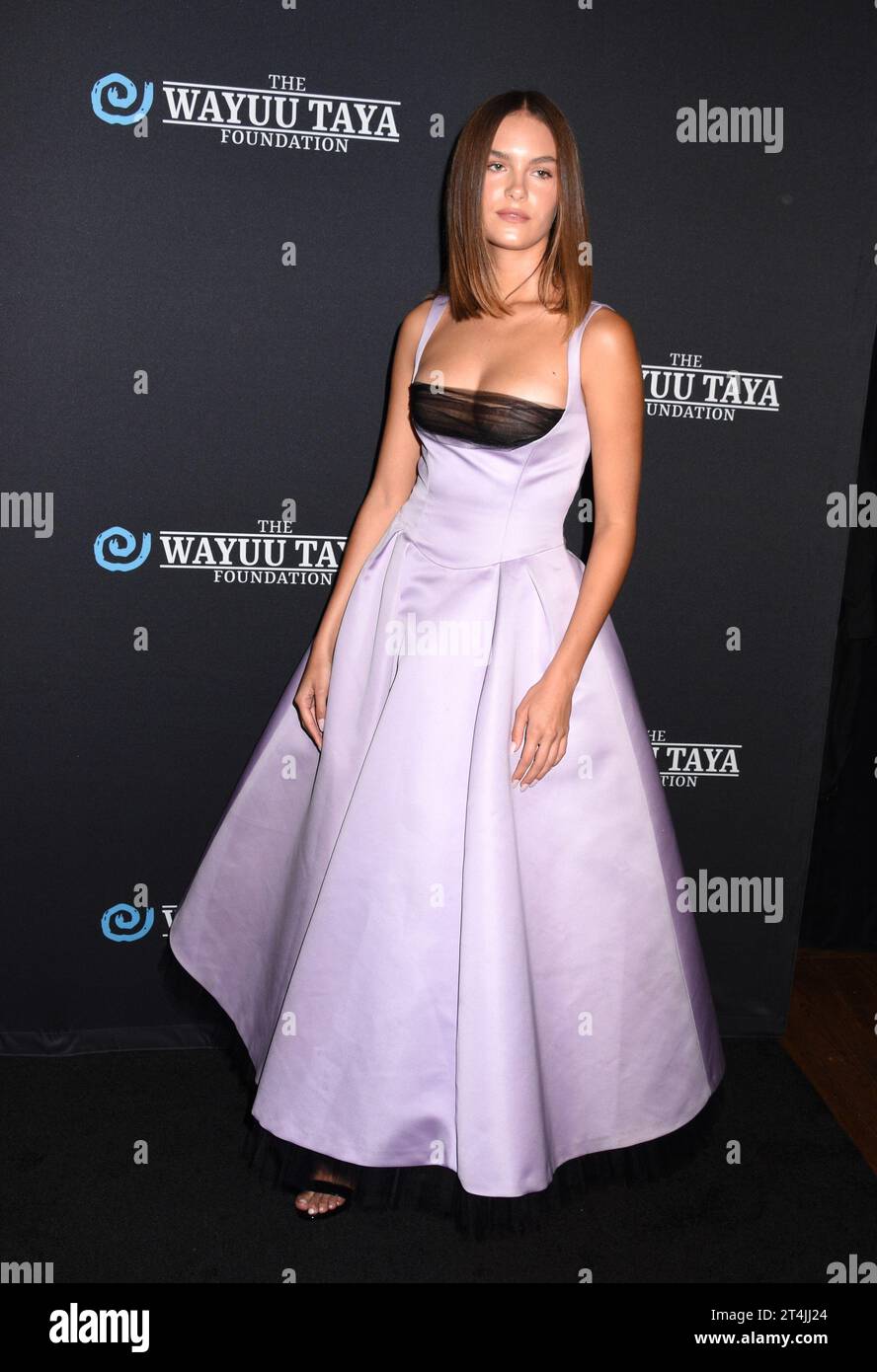Discovering Digital Art: What Maya Velasquez Might Find In The World Of 3D Creation
Have you ever felt that pull towards creating something truly amazing, something that springs from your imagination and takes shape in a digital space? It's a rather exciting feeling, isn't it? For someone like Maya Velasquez, with a keen eye for detail and a spark of creativity, the universe of 3D design software could be a fascinating place to explore. This field, you know, is where ideas literally jump off the screen, bringing characters, worlds, and visual spectacles to life. At the heart of much of this magic often sits a powerful tool, a software that has shaped countless digital dreams into tangible visual experiences.
It's a journey, in some respects, that can begin with simple curiosity and then blossom into a serious passion or even a career path. Whether you're just looking to experiment and have some fun with digital art, or perhaps you're thinking about stepping into the professional world of animation or visual effects, the path ahead can seem a bit involved. There's so much to learn, so many possibilities, and it's almost like learning a new language for your creative thoughts.
This piece, then, is about peeling back the layers of a truly influential piece of software in the digital art landscape, one that someone like Maya Velasquez, or anyone with a similar creative inclination, would certainly encounter. We'll look at what it takes to get started, what its main parts are, and how it fits into the bigger picture of making digital visuals. So, let's just consider some of the key things that make this software such a cornerstone for artists everywhere.
- Emma Anturin.linkmaz
- Jessica Springsteen Married.linkmaz
- Maal49.linkmaz
- Viralkand Com A Gateway To Engaging Content And Viral Trends.linkmaz
- Cottontailva Of Leaks.linkmaz
Table of Contents
- Understanding Maya: A Creative Powerhouse
- Learning Paths: Hobbyist vs. Professional Goals
- The Core Modules of Maya
- Getting Started: Recommended Learning Resources
- Maya in the Professional Landscape
- Troubleshooting Common Maya Hurdles
- The Blender vs. Maya Discussion
- Frequently Asked Questions About Maya (for someone like Maya Velasquez)
Understanding Maya: A Creative Powerhouse
When we talk about "Maya," we're really talking about a robust 3D computer graphics application, one that's used for creating everything from animated films and video games to television shows and visual effects. It's a tool that has been around for quite some time, you know, and has grown with the industry. For someone like Maya Velasquez, who might be curious about how those amazing digital worlds come to be, understanding Maya is a good starting point.
It's a piece of software that, apparently, is known for its incredible range of functions and its many different sections. This means it can do a whole lot, but it also means there's a fair bit to get to grips with. The sheer scale of what Maya can achieve is pretty impressive, allowing artists to build, texture, light, animate, and add effects to their digital creations. It's a bit like having an entire digital studio at your fingertips, really.
Learning Paths: Hobbyist vs. Professional Goals
So, you might be wondering, how does one actually begin to learn this powerful tool? Well, if someone like Maya Velasquez just has a strong interest and wants to play around with Maya as a hobby, that's completely doable through self-study. There are tons of resources out there, and you can certainly pick things up at your own pace, which is quite nice.
- Kid And Mom Cctv Video Completo The Inside Story You Need To Know.linkmaz
- Aagmal.linkmaz
- Vegamoviesst Your Ultimate Destination For Movie Entertainment.linkmaz
- Simon Cowell Son Illness.linkmaz
- Lindsey Harding Wife.linkmaz
However, if the goal is to truly step into the industry, to actually make a career out of using Maya, then self-learning can be a bit more challenging. It typically needs a lot more dedication, time, and effort. The professional world of 3D production has specific workflows and expectations, and just learning the software isn't always enough. You also need to understand the pipelines and how teams work together, which is something a formal education or mentorship often provides. It's like, you know, being a part of a big orchestra where everyone plays their part.
The Core Modules of Maya
Generally speaking, Maya is broken down into four main sections, or modules, which is pretty handy for understanding its capabilities. For a beginner, like perhaps Maya Velasquez just starting out, it's usually a good idea to first get comfortable with the software's basic operations. This foundational knowledge is key before you start trying to build complex scenes. These modules are like the main departments in a creative studio, each with its own special tasks.
Crafting Shapes: Modeling
The first big part of Maya is modeling. This is where you actually create the 3D shapes and forms of everything in your scene. Think about making characters, props, environments, or any object you can imagine. You sculpt and shape these digital objects, much like a potter works with clay, but all on your computer screen. It's a very fundamental skill, and arguably, one of the first things anyone would learn. This is where you literally build the digital world, so it's a very important step.
Bringing Light and Life: Materials and Lighting
Next up, there's the materials and lighting module. Once you have your models, you need to give them texture, color, and how they react to light. This is where you make things look like wood, metal, glass, or skin. Then, you add lights to your scene, setting the mood and making your creations visible. It's like painting and setting up a photography studio for your digital artwork. Getting this right can make a huge difference in how realistic or stylized your scene appears, you know.
Making Things Move: Animation
The animation section is where you bring your static models to life. This is where you make characters walk, objects fly, or anything else move over time. It involves setting keyframes and defining how things change from one moment to the next. For anyone interested in storytelling through movement, this module is incredibly powerful. It's pretty much what turns a still image into a dynamic scene, and it's a huge part of what makes digital content so engaging.
Adding Sparkle: Special Effects
Finally, there's the special effects module. This is where you add all those cool visual flourishes like explosions, fire, smoke, water, cloth simulations, and more. It's about creating dynamic elements that add realism or fantastical flair to your scenes. These effects can be quite complex to set up, but they really make a scene pop. It's often the part that adds that extra layer of magic to a visual production, so it's very exciting to learn.
Getting Started: Recommended Learning Resources
Since Maya is such a powerful tool with so many parts, tutorials are usually found based on what you specifically need to learn. For someone just starting out, like perhaps Maya Velasquez dipping her toes in, I'd recommend the "Maya 2013 Comprehensive Learning Handbook" from Digital-Tutors. This was actually my own starting point, and you can find it with Chinese subtitles online, which is very helpful.
For animation specifically, the "Maya Animation Tutorials: From Beginner to Expert" also by Digital-Tutors, is a great choice, and that too has Chinese subtitles. When it comes to rendering, which is about making your final images look good, I'd suggest tutorials by Teacher Dai. He's also quite active on platforms like Zhihu, sharing his insights. These resources can really give you a solid foundation, which is quite important.
Maya in the Professional Landscape
It's interesting, the debate about which software is "better," Maya or 3ds Max, has been around for a long time. I remember back in 2002, this classic question about who was more powerful used to pop up in the few well-known CG forums in China, like the Mars Era forum. People would argue fiercely about Maya versus Max, getting really red in the face, until Autodesk bought Alias and acquired Maya. After that, these kinds of uninformed and silly arguments became much less common, which is actually a good thing.
When you look at the professional side, the difference between Blender and Maya, especially, comes down to their history and how long they've been around. Maya got its start very early. All the top-tier companies, like Industrial Light & Magic (ILM) and Weta Digital, have years of development experience built around Maya. They've been using Maya for over 20 years, and they've also spent 20 years developing custom tools and workflows for Maya based on their projects. So, when you join one of these teams, they already have their own established production processes. You're simply a cog in that process, and the tools you use are provided by them. This deep integration is a big reason why Maya remains a cornerstone in major studios, you know, because it's so ingrained in their operations.
To learn more about digital art tools on our site, you might find some interesting comparisons.
Troubleshooting Common Maya Hurdles
Sometimes, getting Maya to work smoothly can present a few challenges. For instance, if you're trying to install it, you might run into some issues. One common problem is if you've previously installed other Autodesk products, and their registration information is still on your system. The software might then tell you it's already installed and can't be installed again. To fix this, you usually need to completely uninstall and delete all previous installation information before trying to install it fresh. This can be a bit of a hassle, but it's often the solution.
Another thing that often trips people up is having Chinese characters in the installation path. Maya, it seems, doesn't really support Chinese file names or paths, so the software can't find the necessary locations, and the installation fails. It's a pretty specific detail, but it's a common stumbling block. And, of course, having enough space on your drive is always important for a big program like Maya. These are, you know, just some practical tips for anyone getting started.
You can also link to this page for more technical help.
- Barron Trump Height Disease.linkmaz
- Hdhub4uspa Your Ultimate Destination For Highquality Media Content.linkmaz
- Sexy Camilla Araujo Naked.linkmaz
- Carly Jane Leaked Onlyfans.linkmaz
- Drew Pritchard New Wife.linkmaz

New York, NY, USA. 30th Oct, 2023. Maya Velasquez at Wayuu Taya Foundation's 20th Anniversary

New York, NY, USA. 30th Oct, 2023. Maya Velasquez at Wayuu Taya Foundation's 20th Anniversary

Life and Work with Maya Velasquez - VoyageDenver - Denver